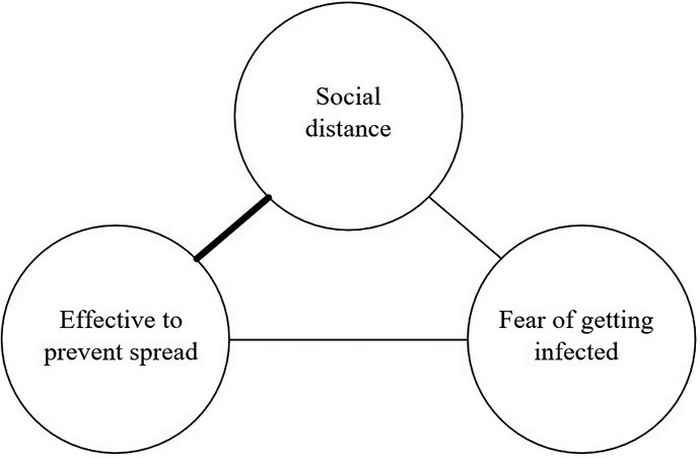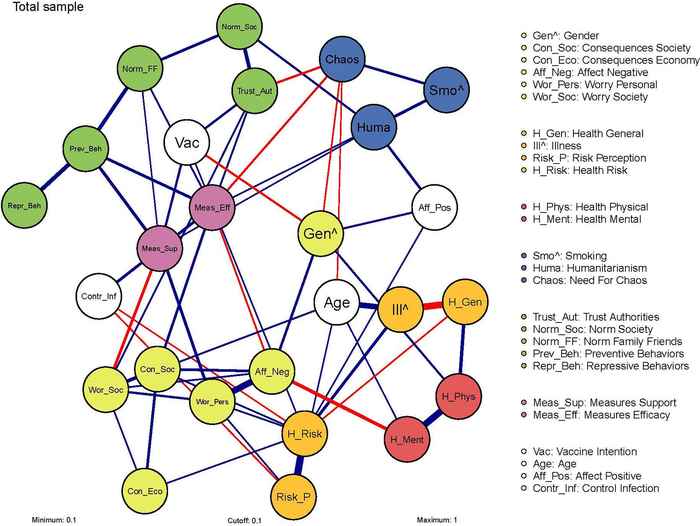A method to better understand complex behaviour
7 October 2021
Psychologists try to understand human thinking and even predict our behaviour. For a long time, they relied on simplified models to show how factor A leads to behaviour B. ‘These models have certainly helped us understand behaviour,’ says Monique Chambon, a social psychology researcher at the University of Amsterdam. ‘But, in reality, human thinking and behaviour is much more complex. There are many more factors that influence our behaviour, and we have to account for that.’
A psychological network approach
The question is: how? Chambon and her colleagues at the University of Amsterdam and the National Institute for Public Health and the Environment (RIVM) have developed what they call a ‘broad attitude network’. This is a network which enables them to examine the interplay between different psychological factors and behaviour.


The network consists of nodes of nodes representing factors associated with human behaviour, such as emotions and thoughts, but also others such as age and gender. The circles represent the factors, the lines indicate interactions between factors. These lines are computed using data from research. The resulting network can then be used to see how factors are interrelated, thus visualizing the complexity of human thought and behaviour. ‘The beauty of this method is that it also reveals differences between groups’, Chambon adds.
Covid-tested method
The coronavirus pandemic gave the researchers a chance to test a first version of their method. In a comparative study conducted in the Netherlands and the United Kingdom, they investigated which factors play a role in preventive behaviours such as social distancing, and how they relate to each other. They focused on broad factors, such as social norms, trust in authorities and individual health.
The study showed that preventive behaviour is more strongly associated with people's support for the corona measures and perceptions about their effectiveness than for example with their own health or fear of the virus. People were also found to be sensitive to social norms, albeit chiefly those of family and friends. Thus, they were more likely to follow guidelines if they thought their friends and family were doing so than if it was simply the general social norm. This is an important refinement in our understanding of the role of social norms on behaviour. Finally, the study found some differences between the Netherlands and England.
‘Behavioural interventions often target one aspect or a specific component’, Chambon says. ‘Our method shows how interventions targeting one node also touch other nodes associated with behaviour. Interventions are likely to be more effective if they take account of this interrelationship between different factors.’
Refining the network approach
The researchers will now further refine this network approach. For example, they want to define the network nodes on information people themselves give about their emotions, thoughts and other factors. ‘Because of Covid, we needed to move quickly and had to rely on the literature to determine the factors’, Chambon explains. Their model will also be tested in a longitudinal study, in which measurements will repeatedly be taken in the same way to gain a better understanding of the relationships between the nodes and the directions of influence.